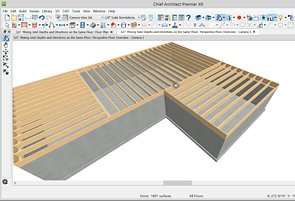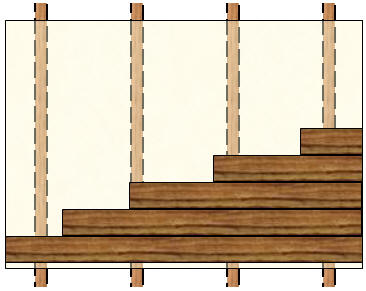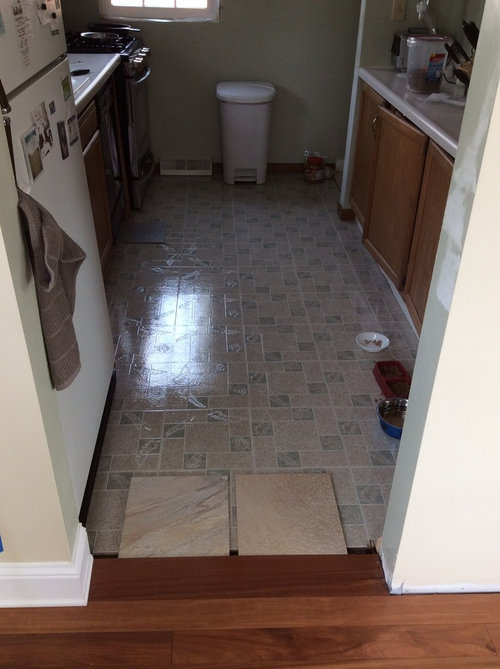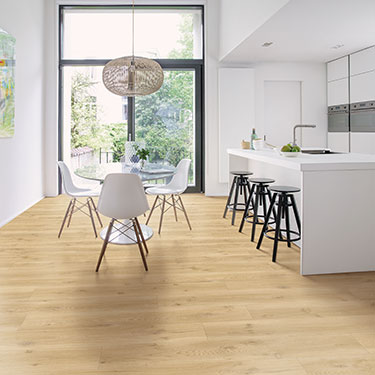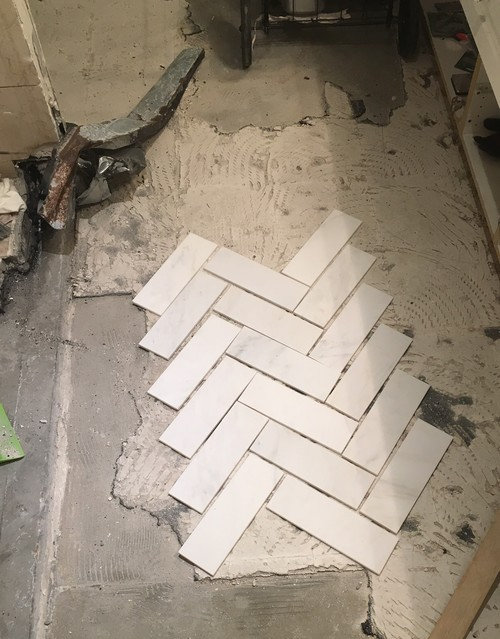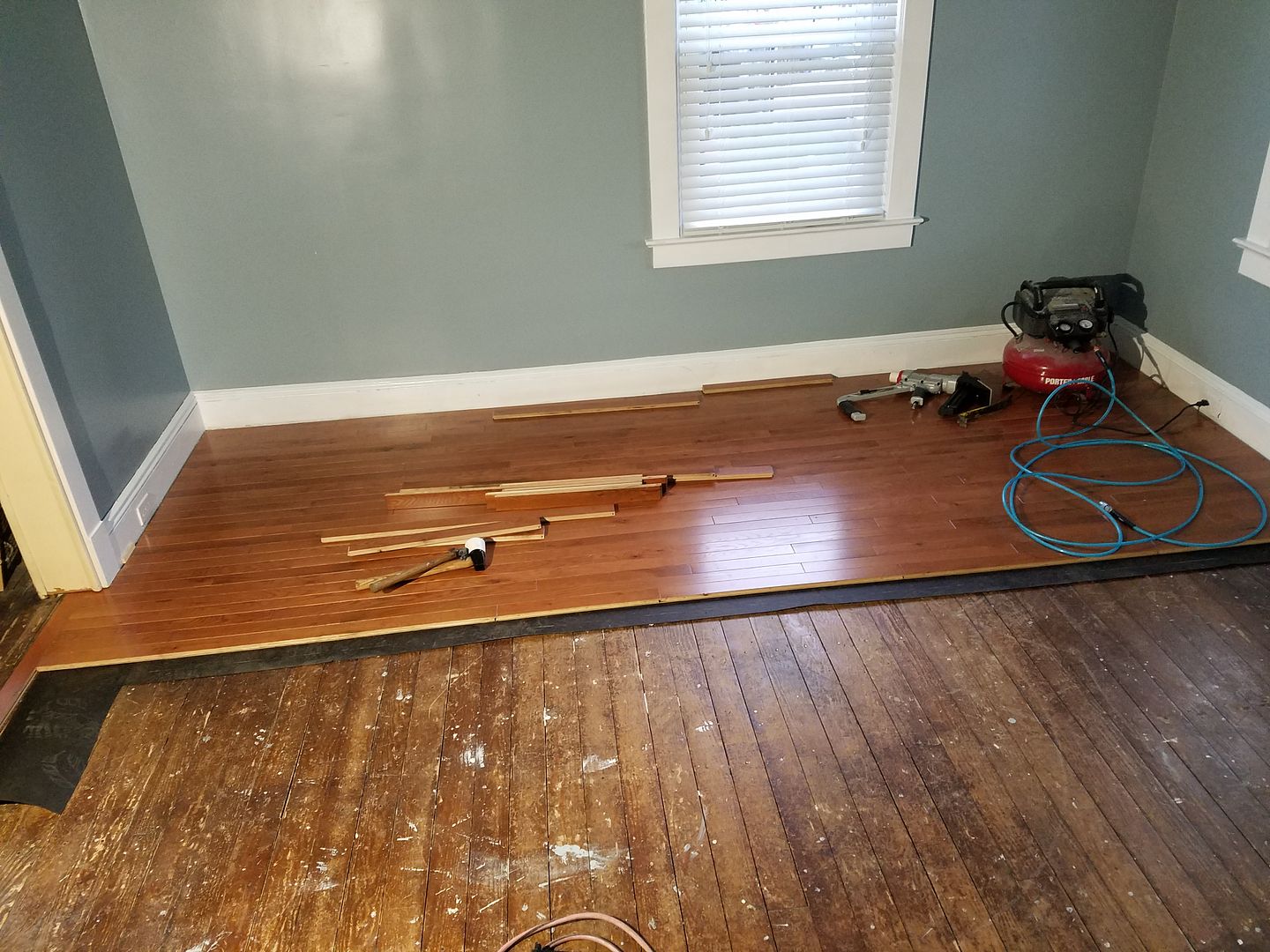Changing Orientation Of Floor Joists

For example replacing a portion of the floor with a different type of wood or being unable to match stains can be a good excuse to change the direction of the new boards.
Changing orientation of floor joists. If you re planning to replace old wood decking with pvc or composite measure the deck joist spacing first. To change the direction joists build without changing the elevation of your floors or ceilings place a. This makes the transition appear to be planned. The correct direction for laying hardwood floors.
While personal preference is a factor the direction in which you run hardwood flooring boards is governed by visual and structural guidelines. In these instances the hardwood floor planks are usually laid in parallel to the longest run or wall in the installation. If you plan to install your decking at a 45 degree angle your joists may need to be 12 inches apart. Changing the orientation of a rectangular beam changes the distance from the bending axis to the.
If you re laying your new floor in an older home that has a plywood sub floor the first thing to consider is the direction of the floor joists that support it. B the framing member that runs around the perimeter of your house and that the floor joists butt into often gets riddled with large holes this space is the logical exit point for dryer and furnace vents big electrical service wires and fireplace fresh air intakes. We will also clarify the meaning of stiffness in the context of a ceramic tile installation. You can specify the direction that joists build using a joist direction line however this will force all the joists sharing a floor platform area i e all floors or ceilings at the same elevation to build in the direction specified.
The questions will be addressed in the context of one two layer system f149 07 joists 24 inches on center 23 32 inch tongue and groove subfloor 19 32 inch underlayment. Similarly if you attempt to bend something as in a floor joist the change in length strain in the material may be the same but if you can put the material farther from the bend axis then that strain corresponds to a smaller deflection.


